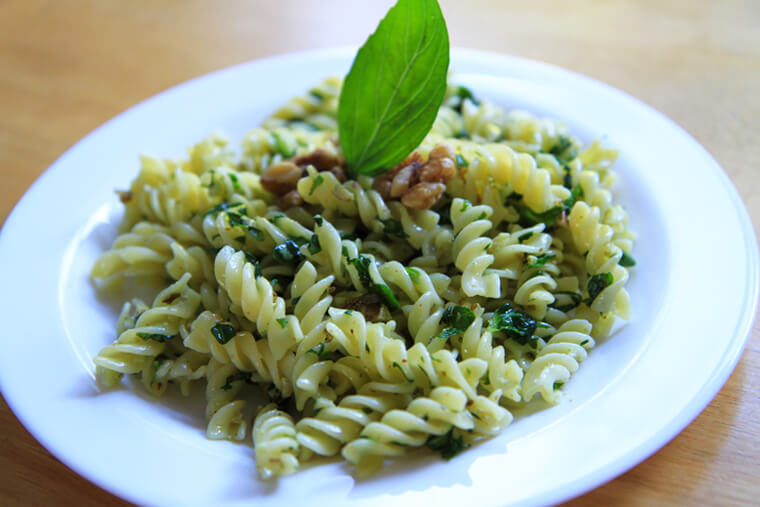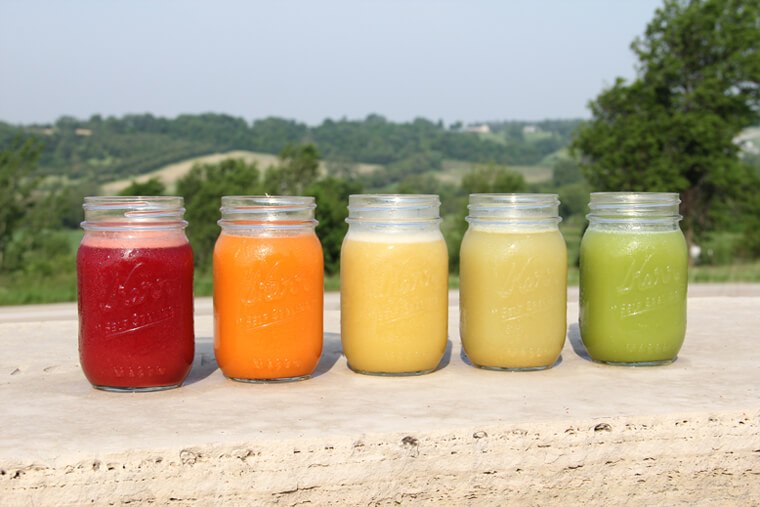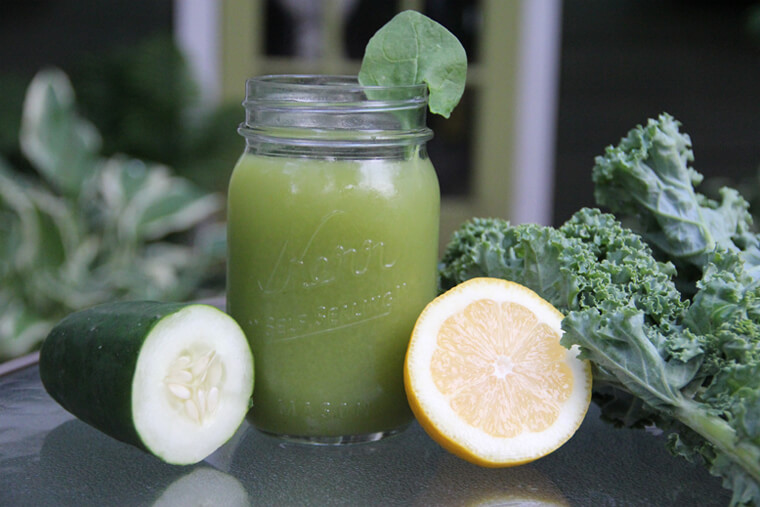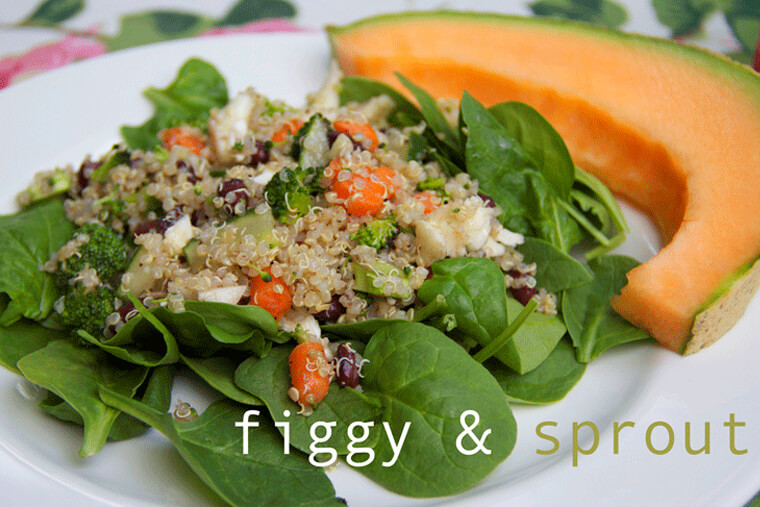The wonderful scent and flavor of basil makes it one of the most popular garden herbs. Basil brings flavor to a variety of dishes with its very unique, sweet pungency. It is a complementary herb in many dishes, including salads, soups and pasta.
Once believed to possess magical powers, basil was considered by ancient peoples to be an elixir of love and a charm. Others, such as the Romans, recognized its healing properties and used it to aid digestion and counteract poisons. Indeed, this popular herb has a long history of medicinal use. In past centuries, the plant was accorded wide respect for its healing potential and was used to purify the mind, open the heart and even cure malaria. Today, herbalists recommend basil as an antispasmodic. It is therefore often used to treat intestinal problems, motion sickness and nausea. It also relaxes bronchial spasms and is thus helpful for treating various respiratory illnesses. Medicinally, basil is considered a mild antidepressant, thought to be emotionally uplifting.
The natural antioxidants found in basil can protect the body against damage from free radicals, thereby preventing cellular aging, common skin ailments, and even most forms of cancer. Antioxidants are an important part of maintaining a healthy diet and lifestyle, and basil may be a safe and effective source of these potent, life-giving compounds.
What’s more, even a tentative gardener (like me!) can grow this versatile herb.
Spinach Basil Pesto
Ingredients:
- 1 cup fresh basil
- 1 1/2 cups spinach
- 1/2 cup walnuts or pine nuts
- 3 cloves garlic
- drizzle of olive oil
- 1/4 cup nutritional yeast (optional)
- pinch of sea salt
- pinch black pepper
Directions:
1. Wash the spinach and fresh basil well by submerging them in a large bowl of water and swishing them around.
2. Put all ingredients except olive oil in a food processor and pulse until well combined. With the machine running, drizzle in the olive oil until a desired consistency is reached. If you like your pesto a little smoother and creamier, add more oil. Taste to adjust seasoning. *Note – if you’re like me and don’t own a food processor, no problem. Just chop all the ingredients by hand and mix everything together.
3. Serve. Can be stored in the fridge for up to a week (but remember that it will lose its nutritional potency with every passing day)
This spinach basil pesto makes a good addition to anything that needs a flavor boost. It is delicious on whole wheat pasta, spread onto toast with a little avocado perhaps, as a salad dressing, or as a dip for veggies. The possibilities for something so mouth-watering are endless!




